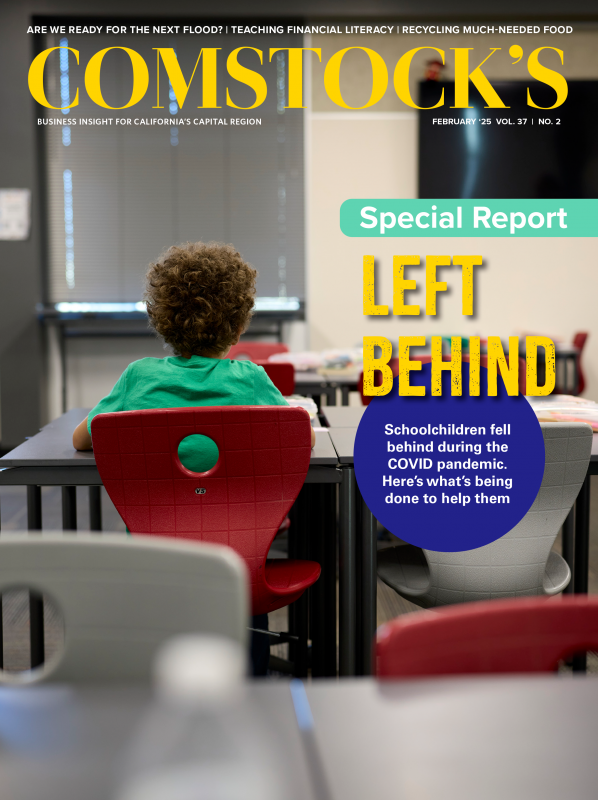This article is a sidebar to Comstock’s special report on education.
Efforts by California’s government to help students recover from the pandemic go back to its earliest days, with the state investing more than $36 billion to deal with pandemic impacts, according to Alex Traverso, a spokesperson for the California Department of Education.
The funding has gone to Learning Recovery Emergency Block Grants, expanded teacher recruitment, literacy specialists and much more.
“We’re starting to get to a place where some of these investments … we’re going to start seeing more and more of the results,” says Brooks Allen, executive director of the California State Board of Education and education adviser to Gov. Gavin Newsom.
Various new laws have also come into effect. These include California Assembly Committee on Education Chair Al Muratsuchi’s AB 2074, which was signed into law in September. It requires the state to create an implementation plan for its English Learner Roadmap Policy. “One of the biggest takeaways from the impact of the pandemic on public education has been the widening of the achievement gap,” Muratsuchi says. “We know from data reported nationally as well as in California that students from disadvantaged backgrounds, including English learners, were the most impacted.”
There has also been a lot of work around the intersection of education and behavioral health. The legislature passed the California Community Schools Partnership Act in 2021, creating schools that focus more on programmatic areas like integrated supportive services. Sen. Aisha Wahab’s SB 1318 set guidelines for schools having mental health staff in place in the event of a student suicide. Anthony Portantino, who termed out of the California Senate in December, introduced SB 224, which mandated mental health instruction in schools.
Sen. Dave Cortese says the California Senate Education Committee, which he serves on, “was quite aware and concerned and still is about the long-term effects of the pandemic on the mental health and behavioral health of our students.”
Beyond this, California voters approved Proposition 28 in 2022, allocating 1 percent of California’s budget for music and arts funding. “That’s really great,” says Jennifer Aldridge, a music teacher at Warren T. Eich Middle School in Roseville. “It’s opening up funds to hire qualified music and arts educators, and then there’s also funds for curriculum and supplies.”
Even when education bills have fallen short in recent years, they’ve spurred change. Sen. Akilah Weber Pierson introduced AB 2774 while she was serving in the California Assembly. Her bill was unsuccessful, but led Newsom to include $300 million in his proposed 2023-24 budget for equity-related purposes.
“No one would deny that having pretty much three years of a pandemic had an impact on society, had an impact on kids,” Portantino says. “But I also think anybody who sort of uses it as a ‘Look at how terrible people are, look at how terrible the government is,’ isn’t recognizing that the instincts and the impetus and the desire from policymakers and decisionmakers was to try to do the best they could with the information that was available and with the resources that were available … and really wanted to do the right thing by kids.”
Stay up to date on business in the Capital Region: Subscribe to the Comstock’s newsletter today.
Recommended For You
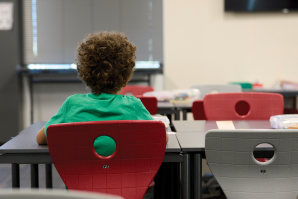
Sacramento-Area Schools are Still Grappling With Academic and Social Recovery From the COVID-19 Pandemic
Around the Capital Region, schools are still working to recover socially and academically from the COVID-19 pandemic. Test scores have been affected, as has school attendance. A new wave of behavioral issues has unfolded, too. Now, a variety of people are working to help students catch up.
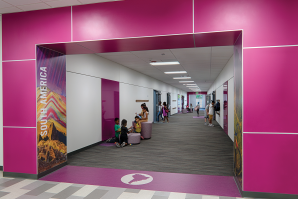
Architects Respond to the Growing Population of Minority, Immigrant and Refugee Students With Culturally Sensitive Design
The influx of immigrants and refugees from a multitude of different countries has created an opportunity and a challenge for Capital Region architects to design educational spaces with greater cultural sensitivity that provide a sense of belonging for new students and families.

What’s on the Horizon for California’s Public Lands?
With less funding in the current budget, the management of public lands is likely to change substantially, and this may have massive and unforeseen consequences for Californians.
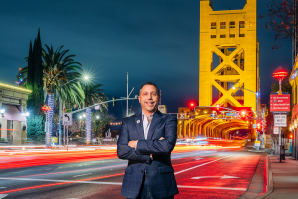
New Year, New Administration. What Can We Expect?
The Capital Region’s economy in the first half of 2025 should be unspectacular but steady, forecasters say
The apocalyptic tenor of the recent election made it seem disaster was inevitable no matter who won. But at least on the economy, the first half of 2025 should be a sigh of relief, letting most businesses stick to small ball.

The Power and Potential of Seaweed
From keeping oceans healthy to being used as an alternative to plastics, researchers believe seaweed has a multitude of uses
Nearly 2,000 miles northwest of Sacramento, Matthew Perkins rode a boat out into the Gulf of Alaska and saw nothing but endless potential for growth. “It’s kind of overwhelming how much opportunity there is,” he says. “You’re on the water, snow-capped mountains in the backdrop, you look down and see this incredible biomass growing. It’s literally the bounty of nature.”
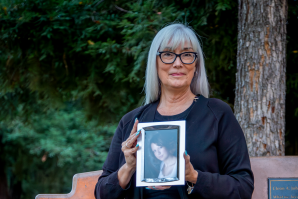
The Life-Saving Organ Trail
How new technology is helping transplant centers send and receive organs from great geographic distances
In 2022, the United States Food and Drug Administration approved the TransMedics Organ Care System, or OCS device. Known as the “heart in a box,” this device uses normothermic perfusion to pump blood through a removed heart and preserve it for longer periods until it can be transplanted into a new person.
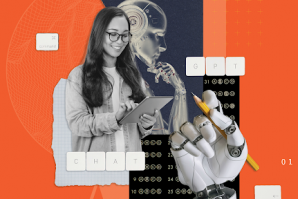
AI in Education: Helpful Tool or Sinister Danger?
Most college professors are wary of it, but others embrace it as a learning advantage
All around the world, academic institutions, from the renowned online Khan Academy through to leading research universities, are grappling with the extraordinarily rapid rise of artificial intelligence systems capable of generating human-like responses to complex questions.

Speaking Out
Man with ALS is able to ‘speak’ again thanks to neurotechnology from UC Davis
Within minutes, the words he wanted to speak appeared on a monitor and were spoken aloud by a computer in a voice resembling his own using recordings from videos made before his diagnosis. It brought everyone in the room to tears. “On day two of this use by Casey, he was talking to his daughter for the first time in her memory. That was so gratifying,” says UC Davis Neuroprosthetics Lab co-director Sergey Stavisky.

The Rise of Alternative Health and Wellness
Businesses in the Capital Region consider the whole person
The approach of Whole Health, a movement led by the U.S. Department of Veterans Affairs, is “Let me understand who you are as a person. … What matters to you as opposed to what’s the matter with you,” says Dr. Michelle Dossett. “I think eventually it’s going to transform what we do in conventional medicine in this country more broadly.”




